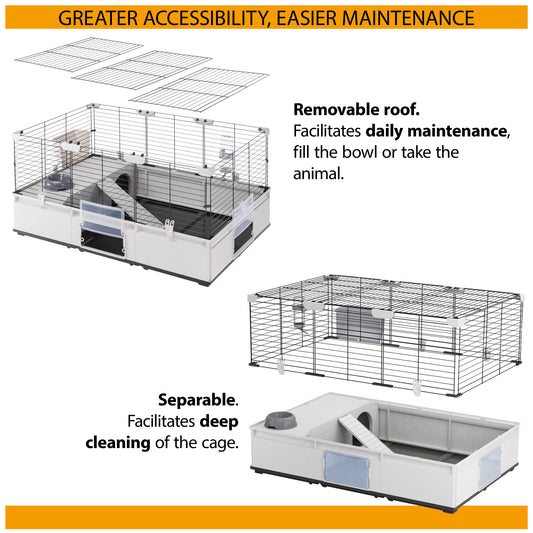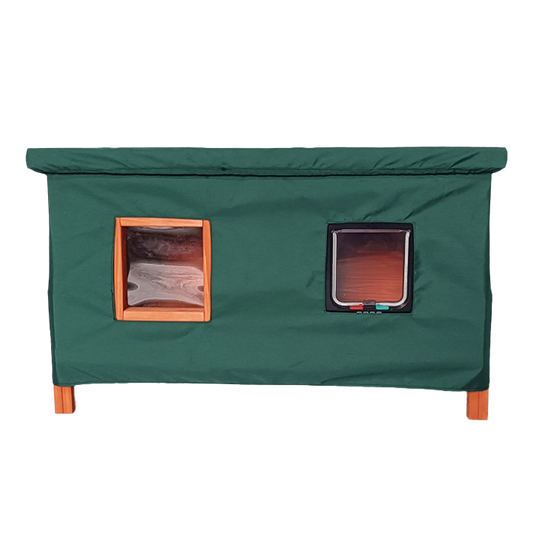By Karen Cornish
Taking a road trip with your dog can be a wonderful adventure and can strengthen the bond between you. There’s no need to leave your furry friend behind when you go on holiday in the UK as there are so many dog friendly destinations and attractions to be enjoyed.
One of the main benefits of taking a road trip with your pet is the flexibility if affords. You can set off when you like, stop as frequently as you need to, and pack everything you need in with you.
Long road trips can take some getting used to for a dog that has not travelled much, so follow our essential guide for everything you need to know to make your journey a success.
Do your research
Before you head out on the road, do some research. Don’t turn up to places assuming that they are going to be pet friendly as you could come stuck if you turn up somewhere your dog isn’t welcome.
Plan a route with lots of dog-friendly stops and organise any accommodation in advance. Look for reviews online for pet-friendly places to visit and places to eat that cater for canine diners.
Before you hit the road
Ideally, you would have got your pet used to travelling in a vehicle when they were young. Puppies have a socialisation window between four and 12 weeks of age in which they tend to soak up new experiences like a sponge. After that time, dogs can become fearful of unfamiliar situations and might need a bit of extra help.
The key to introducing a dog to road trips is to make it as positive an experience as possible. Begin gradually with short car rides and give your pet lots of dog treats and praise along the way before building up to long drives. It’s a good idea to keep a stash of especially exciting dog treats in the car and reserve these for travelling.
Safety considerations
The Highway Code dictates that dogs must be suitably restrained in vehicles so they cannot distract you while you are driving or injure themselves – or anyone else – if you must brake suddenly.
If you don't follow the Highway Code, authorities might stop you for driving carelessly. This could happen if your dog is not properly controlled and is distracting you. Also, a lot of car insurance providers require you to restrain your pets properly or it may invalidate a claim if you are involved in an accident.
The best way to restrain your dog in a vehicle is with a special dog crate in the boot or a car harness on the back seat that clips into the existing seat belt buckles.
Do not allow your dog to stick its head out of the car window while driving. Things flying from other cars could hurt your dog. If you have the windows open, make sure the opening is too small for your dog’s head to fit through.
Train your dog to stay in the car until you put their leash on after opening the door. This way you won’t need to worry about them jumping out before you are ready and running into the road.
Never leave your dog unattended in a car. An opportunistic dognapper could spot them or they could be at risk of heatstroke if it is a warm day. Even parked in the shade with the windows open, a car can quickly reach a deadly temperature inside. When it’s 22 C° outside the interior can reach an unbearable 47 C° within an hour.
Comfort
Before a long journey, it's smart to exercise your dog. This will help them be calm and relaxed in the car.
Remember to bring your dog's bed, blanket, and a toy in the car to keep your dog comfortable during the journey. If your dog is likely to get bored, bring a puzzle toy or long-lasting chew to keep them mentally stimulated. A bored dog in a car may chew on the seatbelt if it has no other activities to keep it occupied.
Schedule lots of rest stops along the route so that you and your dog can both stretch your legs and have a bathroom break. You should aim to stop every three to four hours at least.
Regularly check the temperature in the part of the car your dog is in. If your dog is in the back of the car, the air conditioning may not cool that area as well. As a result, it could be much hotter there than in the front. To keep your dog cool, use a cooling mat in their bed for added comfort.
If your dog is looking stressed and anxious in the car, it might benefit from a natural calming product during the journey, such as a pheromone collar or spray. Speak to your vet beforehand about what would be most effective for your pet.
Motion sickness
Dogs can suffer from travel sickness. Young dogs are more prone to it because their inner ears, which affect balance and orientation, are not fully developed. However, older dogs can also get sick. Watch for symptoms like excessive drooling, whining, tiredness, restlessness, yawning, diarrhea, and vomiting in your pet.
If your dog still gets sick in the car, talk to your vet. They can give medicine to help with the nausea. To avoid a dog getting car sick, don't give your dog food for three hours before starting the journey.
Packing list
Preparation is key when it comes to a doggie road trip so make sure you pack the following:
· Dog Food – Pack enough of your dog’s usual dog food for the time you’re away plus some extra in case of delays. Don’t assume you will be able to buy the same brand wherever you are going. Any sudden change in dog food can result in an upset stomach, which is not want you want on a road trip!
· Water – Pack plenty of water for your dog to keep them hydrated during the day.
· Dog Bowls – Travel dog bowls are a great solution to eating and drinking on the road. You can get collapsible versions for space-saving and ones that incorporate storage to keep dog food or water fresh.
· Bedding
· Basic first aid kit – This should contain scissors, adhesive tape, saline eye solution, absorbent gauze pads, antiseptic ointment, alcohol wipes, tweezers, and a tick hook.
· Clean up kit – Be prepared for accidents with some grooming wipes, kitchen roll, and antibacterial hand gel.
· Poo bags – Pack enough poo bags for the duration of your trip and plenty of spares.
· An old towel – Useful for rubbing down a wet and muddy dog, or protecting your car seats from dirty paws.
If you enjoyed this article, why not read:
Unleashing Fun in the UK's Top Dog-Friendly Destinations









